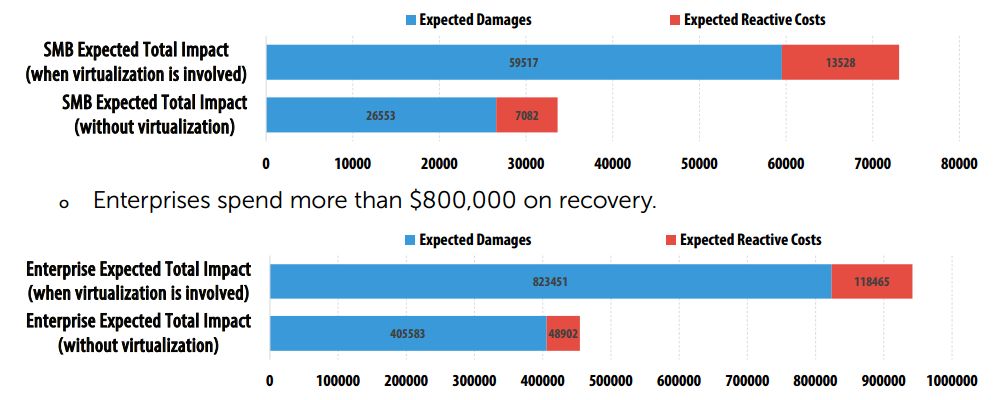A weird story took place in late April. A “few dozen” of American Airlines flights experienced significant delays due to an unexpected reason: a glitch in an iPad app. Nothing extremely critical happened – no lives were endangered. A number of pilots simply failed to receive their flight plans due to a software error and refused to take off without them.
The app in question is FliteDeck made by the Boeing subsidiary Jeppesen. It is an “electronic flight bag”, which replaced heavy physical charts and paper manuals which pilots are required to carry with them by the current regulation. Altogether, these bags can weigh up to 40lbs/18kg – and carrying such heavy-load bags around wasn’t exactly a pleasure for the pilots.
A plane out of schedule and a butterfly effect #security
Tweet
An electronic flight bag allowed for a reduction in flight preparation time, and reduced the likelihood of injuries. It also helps the staff by offering real-time updates. No surprise that air crews loved the small and handy replacements. American Airlines also states that eliminating “24 million pages of paper documents” allowed them to save “a minimum 400,000 gallons and $1.2 million of fuel annually”.
The FAA approved using the tablets as a substitute to physical flight bags, and American Airlines was the first carrier to get such an approval.
On April 28, 2015 FliteDeck started crashing devices after a new electronic map (somehow conflicting with an older version) had been distributed to the tablets. It looked like a possible epidemic, and pilots opted not to depart until the situation had been sorted. This happened relatively quickly and easily – pilots only had to reinstall the problematic app, but the delay proved to be quite significant.
According to American Airlines spokesperson Casey Norton, in some cases, pilots were able to resolve the issue during the boarding process. Other pilots were forced to return the plane to the gate – just to access Wi-Fi connection and fix the issue.
According to some social media reports, some pilots got the situation resolved by printing out the charts and manuals – on paper, the old way.
Summing up, we can say that a butterfly effect of sorts has been observed. A small, but serious code error, a glitch that powers down the iPads, pilots get confused, flights get grounded – and who knows what other “collateral damage” might have happened. A string of petty accidents leading to a sensitive continuity interruption, which affected not only American Airlines but Apple and Jeppesen too.
In a sense this story also is a showcase of “technology dependence” on the brink of addiction that is a common issue these days. Pilots are required by regulation to keep their flightplans and charts at their side. A tablet is a convenient way to store and use them, and it is quick to become a habit.
Could the pilots take off without their iPads? Probably so, given that they have a paper copy of their flight plans (actually, as shown above, that’s exactly what happened in some cases).
Our dependency on technology is something that we have already gotten used to – and neo-luddites aren’t quite welcome in our world today. Still, when it comes to addiction – and definitely technology addiction is no joke as a lot of articles, papers, and books on the topic are out there – the question of staying secure comes forward.
Tech addiction and dependence occurs quietly. In fact, 30 years ago (so much and so little!) there weren’t any cellulars around – now it seems as if everyone has at least one mobile handset. Living without one doesn’t seem to be a viable option. As is the case with the internet, which exists in its current form for just 20 years now. Smartphones and tablets are around for less than 10 years – iPad, for instance, hit its 5-year “jubilee” last month.
We’ve already gotten used to them and we can’t go about without them, or at least wouldn’t want to. This increasing dependence seems unbeatable now, and fighting it appears futile. What should be fought is the security risks that the slow avalanche of new tech drags along.
In a sense, the situation with a crashing iPad app “grounding” more than a few airplanes, can be applicable in every company’s IT infrastructure: a petty component that nobody really cares about until it fails. Then this bottleneck “suddenly” becomes the most important thing around.
A familiar security nightmare: a petty component none cares of announces itself #protectmybiz
Tweet
Think of a router, for instance: once set up, it’s all but forgotten – until there’s something wrong with traffic getting redirected to where it shouldn’t. And even then it would be low on the IT staff’s “suspects list”.
Technology dependence cannot be beaten, but the technologies can be laid out properly. With good system architecture and a proper security policy, the number of bottlenecks like this is brought to an absolute minimum.
And the planes fly on schedule.
 mobile apps
mobile apps

 Tips
Tips